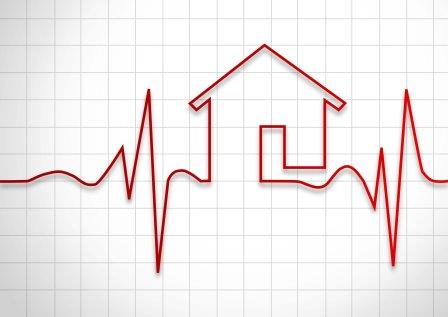

Printable PDF version
Subscribe to our newsletter
Living Building Challenge
Performance-Based Design
Financial PTSD
Construction
Management Specialists
111 Pine Street, Suite 1315
San Francisco, CA 94111
(415) 981-9430 (San Francisco office)
1663 Eureka Road
Roseville, CA 95661
(916) 742-1770 (Sacramento office)
9449 Balboa Avenue, Suite 270
San Diego, CA 92123
(619) 518-5648 (San Diego office)
8538 173rd Avenue NE
Redmond, WA 98052
(206) 571-0128 (Seattle office)
2063 Grant Road
Los Altos, CA 94024
(650) 386-1728 (South Bay office)
9705 Cymbal Drive
Vienna, VA 22182
(703) 268-0852 (Washington, DC office)
www.TBDconsultants.com
LEED has been highly influential in moving construction onto the ecological path, but there some that are trying to push the boundaries even futher. In this article we look at one of these alternates.
Performance-based design is a process for specifying performance goals, and establishing a methodology for achieving them. Building codes and regulations are commonly written in a prescriptive manner, and are limiting when it comes to innovation. Performance-based regulations are open to innovative solutions, and in fact even prescriptive codes often include wording that allow functionally similar solutions to be considered, and thus provide room for performance-based methods to be used.
The process starts with defining the performance criteria. These may be related to the way a building behaves in the event of a natural catastrophic event, such as an earthquake or hurricane, or may be related to some other performance-criteria, such as having the building be net zero energy usage. The criteria do not define how something is to be done, just what the desired result is. Often existing, commonly-used criteria can be stated, but at other times new specific criteria needs to defined, along with a methodology for assessing whether the design meets the criteria or not.

The next stage in the process is to develop a preliminary design that is intended to meet the performance-criteria. Once that is done, the third stage is to test the design by means of an appropriate analysis or simulation, in order to check how it performs under the kind of situations that the performance-criteria envisage.
If the design performs as planned, then the work is done, at least for that point in time. If not, it is sent back for redesign, although sometimes it would also be appropriate to review the performance criteria first, to ensure that they are practical.
The philosophy behind performance-based design is very similar to that involved with value engineering. In both cases the object is to look at what the goal of the building owner is, and then come up with innovative ways of achieving those goals. And, as with value engineering, performance-based design can result in significant savings to the building owner.
The initial design might not have taken the building design much beyond a massing or early concept design stage, and the simulation used to check its performance would have been making a fair number of assumptions about work that was not yet fully designed. As the design continues, those assumptions need to be checked and the performance reassessed to ensure continued compliance.
Increasing energy performance standards, and the growing demand for Net Zero Energy buildings is a big driver for performance-based design. The required standards are moving beyond the point where compliance can be achieved solely by passing the requirement on to the HVAC consultant. The shape and orientation of the building, along with the amount of fenestration are all among the issues that are likely to come into play.
Seismic performance, and performance in other catastrophic events, constitutes another category that is well suited to performance-based design. Those catastrophic events may be natural, as with hurricanes or flooding, or man-made, as with blast-damage. With these types of events, ‘performance’ can normally be taken to mean the condition the building is left in after an event of specific magnitude occurs.
With domestic consumption being such a major player in the US economy, we look at why consumer confidence isn't recovering faster after the recession and the effects that is having on the recovery.
Design consultant: Katie Levine of Vallance, Inc.